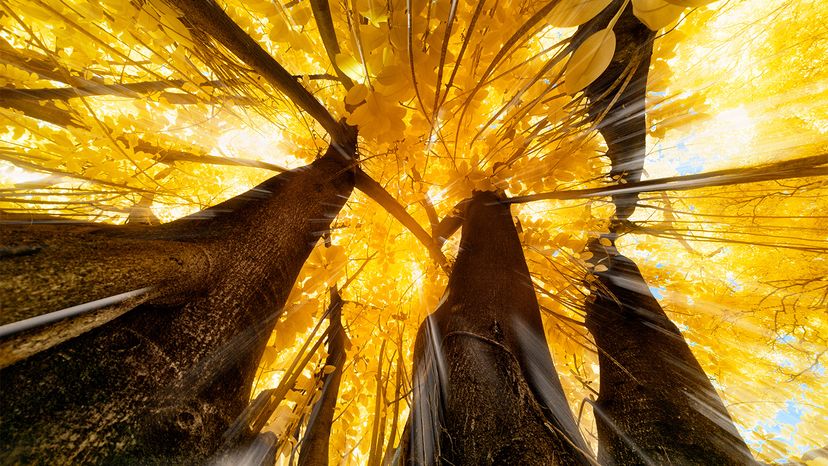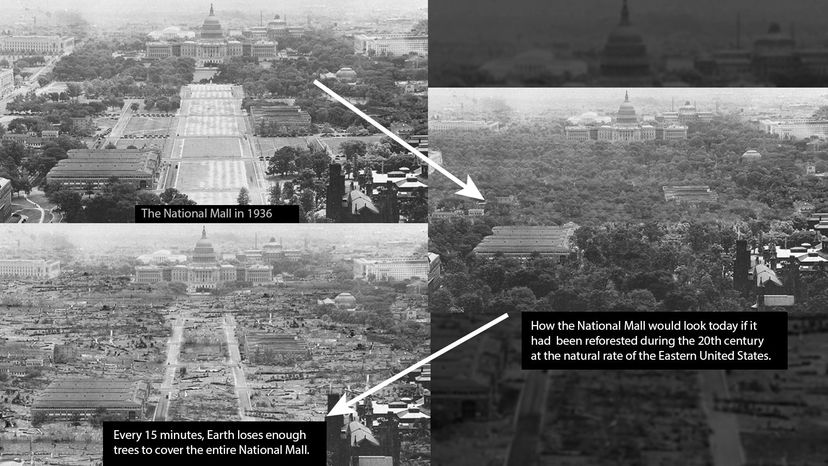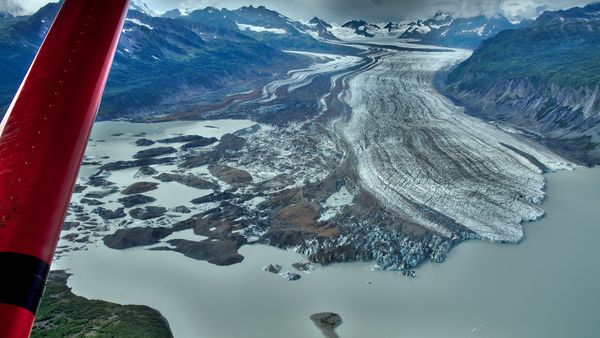Other scientists question not only the practicality of the study's claims, but also the study's very methodology. "Many of the allegedly available restoration areas are clearly unsuitable for more trees than they currently support. If you look closely at the map, a large proportion of these areas are in regions where soils are permanently frozen," says Eike Luedeling, a climate change researcher and professor of horticultural sciences at the University of Bonn.
Luedeling continues, "The methodology implicitly (probably not on purpose) implies that carbon stock is proportional to canopy cover, i.e. ecosystems without trees contain no carbon. This is clearly false and strongly inflates the global estimate [of restoration]."
Jan Börner, Luedeling's colleague and a professor for economics of sustainable land use at the University of Bonn, is similarly skeptical. Börner says that some areas being proposed for restoration under the current study are already in use for other purposes. Börner considers the study to be an "interesting academic exercise ... but as a [climate change] mitigation strategy proposal (and it is being advertised as such!), it sends a misleading signal to the international climate policy debate."
But don't fret just yet. Both Bastin and Hallett emphasize that the U.N. has declared 2021 to 2030 the "Decade on Ecosystem Restoration," which could spur nations to act quickly — and some countries are already tackling the initiative head on. And, according to Hallett, forest restoration boasts far more perks than just impacting climate change, including maintaining — or even increasing — biodiversity and preserving the ecosystem that we humans rely upon for our food and water.
But even the study's authors acknowledge that it's going to take a lot of goodwill to make this grand vision a reality.
"What we need is universal action: international agencies, NGOs, governments, all citizens — anyone can be involved," says Bastian. "Local communities and small organizations may be especially effective. While they do not have the same reach as national agencies, they have the benefit of knowing what works best in their own backyards."
This story is part of Covering Climate Now, a global collaboration of more than 250 news outlets to strengthen coverage of the climate story.


